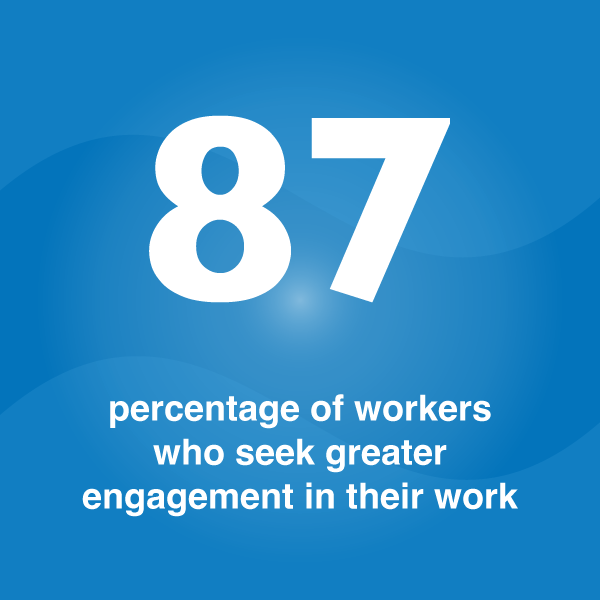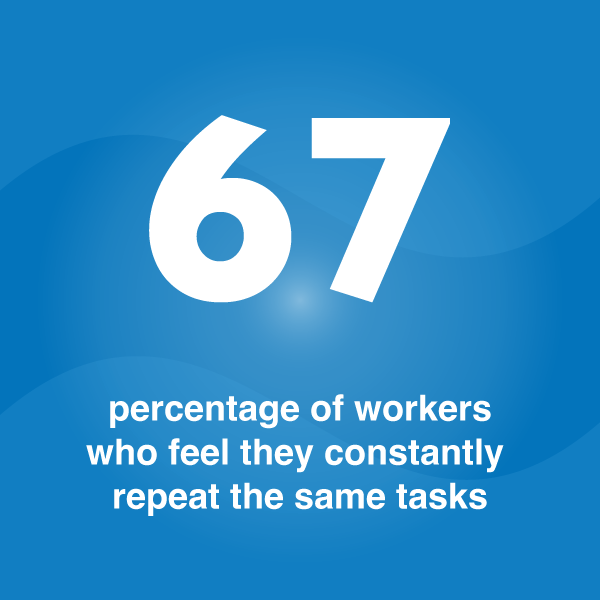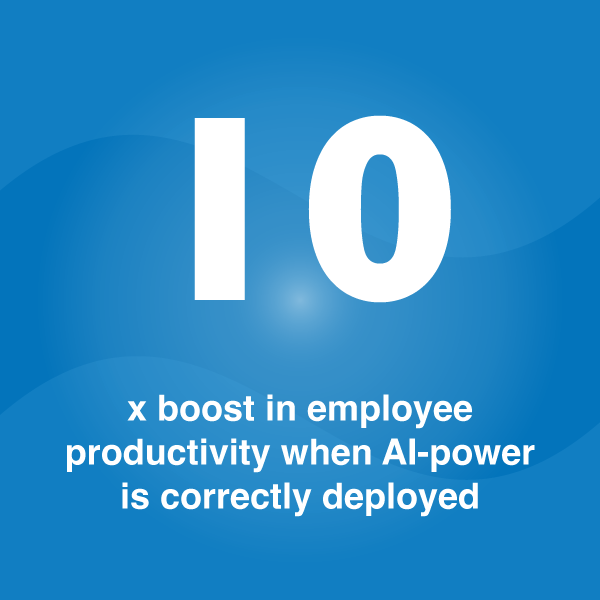Our Approach to RPA
Robotic Process Automation, or RPA, is a tool that lets organizations rework how its people work. It uses technology as it was intended—to accomplish more, easier, without error, and at a quicker pace.
Accelerate Digital Transformation
Empower your business and people to accomplish more, easier, without error, and at a quicker pace.
- Ideation: 1-2 hours
- Scoring: ~ 1 week
- Prioritization: 2-3 hours
- Observation: varies, based on selected process
- Documentation: ~ 1 week
- Development: ~ 4 weeks
- Testing: ~ 4 weeks
- Deployment: ~ 1 week
Breaking Ground: How Automation Is Replacing Manual Data Entry in Construction
Quidi with IDP brings the power of A.I. to the problem of inconsistent formats for construction software.
Monthly Inventory Reports Burdened Operations and Delayed Decisions
A global manufacturer was handcuffed by the time needed to create monthly inventory reports. A bot solved the problem--creating timely, accurate reports.
Automating Employee Timesheet Entrees Into the HR System
Employee timesheet entry into the HR system was a time-consuming task prone to errors for a medical center. RPA automated and improved the task across sites.
Automating SG&A Distributions Improved Accuracy, Saved Time and Money
Manually performing SG&A distributions across departments was a repetitive task prone to errors. RPA saved time, money, and brought consistency to distributions.
RPA Is Worth the Cost
While most businesses typically measure the value or worth of technology solutions by standard return on investment (ROI) calculations, there are other assessments that should be considered.
The value of RPA exceeds ROI
The traditional ROI calculation can be easily applied to RPA. Measure the time and/or cost saved by utilizing the technology versus the cost of the technology. However, looking at value from another angle uncovers the true potential of RPA and why it is worth bringing into your organization regardless of the (still significant, I assure you) ROI calculation.
Let’s look at the hiring process as an example:
- You’re a smallish business with three full-time employees (FTEs) in your Human Resources department responsible for hiring and onboarding.
- These three FTEs are salaried and are more than filling up their 40-hour workweeks every week. They often comment about an increasing workload and how hard it is to keep up.
- You talk about bringing on additional staff to help, but you know it entails time spent writing job descriptions, posting on various platforms to collect interest and applicants, screening either too many or poor quality resumes to hopefully find some candidates worth interviewing, scheduling and conducting interviews, gathering feedback, and (again, hopefully) negotiating an offer…all to add a staff person with an annual salary, benefits, and other overhead costs who can give you, at most, another 40 hours of weekly work.
Are you taking a slow, deep breath thinking about that position you want to fill? Because you know your team can’t take on anymore…but you want to expand your business? If so, keep breathing. You’re going to like where this is going…
RPA has 24-7-365 capacity
RPA can’t do all the work a human counterpart can, but a ‘bot’ can do a lot of the repeatable work that can be programmed—or as I like to say, trained—and do it quicker and more accurately.
Here’s how. Instead of sitting down to write that job description (or descriptions if you have multiple areas struggling to keep up or expand), sit down with a RPA business analyst and talk about your daily operations and everything you need to do to keep your business “on time” and “at profit.” Chances are, robots can do a lot of it. The greater the frequency, the more off-hours the better, because bots don’t take breaks, days off, or clock out for nights, weekends, and holidays. They work 24-7-365 and can run as many transactions or tasks as you need.
License fee vs salary and benefits
Introducing RPA into an organization can feel risky, especially for employers who truly value their staff. But here’s the thing: if you want RPA to replace your staff, in some instances it can. But where RPA really shines is augmenting your existing staff.
In the example above, I talk about hiring to expand capacity. But what if instead of hiring to expand capacity, you automate to expand capacity? You can:
- Expand to unlimited capacity with the purchase of a software license.
- Maximize the value of your current FTEs by freeing them from “busywork” and allowing them to tap into their full talent and potential to innovate and produce.
It’s a win-win. The cost of a license and programming will offer the ROI you’re looking for. It will also be more productive and cost-effective than a new FTE with salary and benefits. Perhaps most important, it will supercharge your existing FTEs, so they can bring their unique skillsets and approaches to the job—and make your organization stronger in the process.
If that’s not enough, what if I told you it could be done in two months? With little risk?
Intrigued? Let’s talk!









